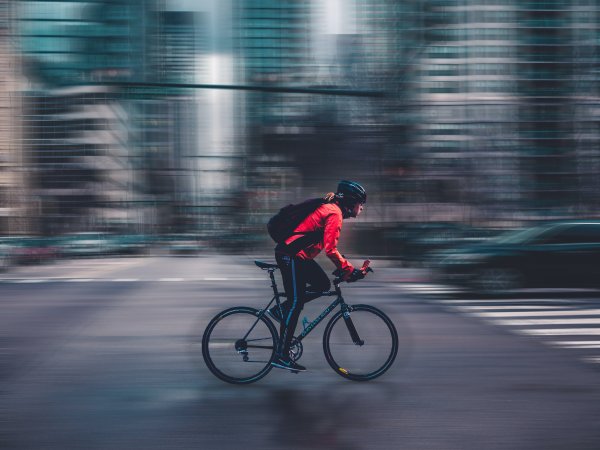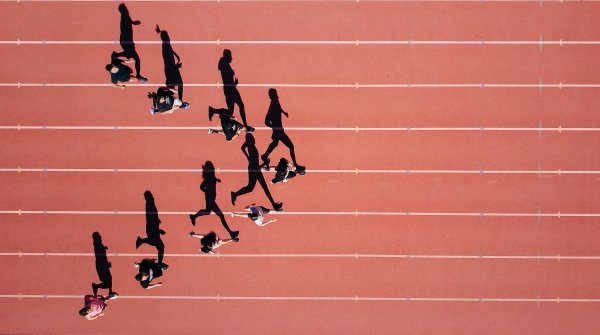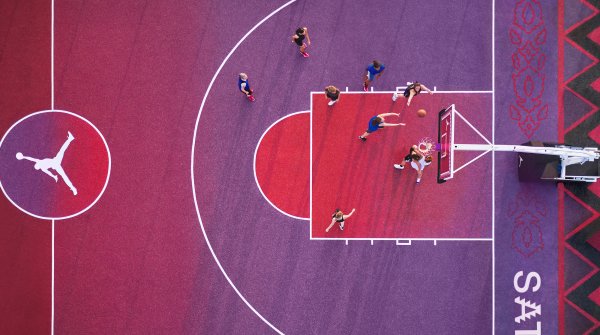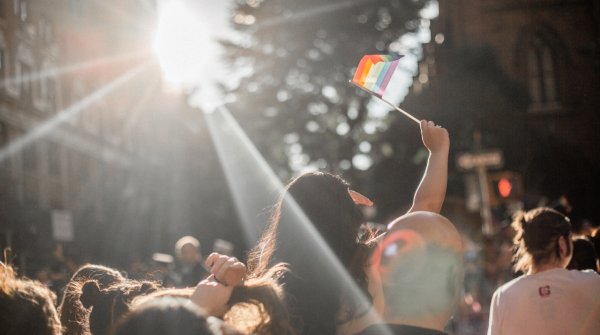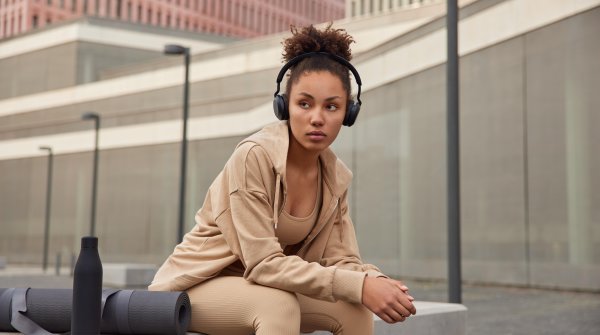- Little space for too many road users
- Cars dominate our cityscape
- Often the alternatives to the car are (still) unattractive
- Bremen and Münster: Copenhagenied Cities
- Copenhagen: cosmopolitan city with vision
- Paris packs up
- Politics often acts tenaciously and hesitantly
- Drivers must learn to do without
- Cyclists need to be more patient
Pedestrians and cyclists, cars and vans, scooters and e-scooters. Plus delivery traffic, buses and trains. And all at the same time during rush hour. Especially in cities, the limited space available strains the nerves of road users. Often, there is nothing more than a good intention to be mindful and considerate. There is stress, especially between cyclists and car drivers. Everyone insists on their rights, there is scolding, blocking and sometimes even endangering. Especially in big cities, cyclists are often fair game: blind spots, disregarded right-of-way, disregarded minimum distances. But some bikers are no angels on two wheels either: ignored traffic rules, curses, gestures, kicks against metal behemoths. The relationship between the parties seems more strained than ever. Yet most people know both sides. What's going on our roads?
Cities around the world are groaning under too much traffic, congestion, and exhaust fumes - and suffer from a lack of space. Example from any European metropolis: Two lanes in each direction are reserved for cars, with a row of parked cars next to each, making a total of six lanes. The street car runs in the middle. On the very outside, between the parked cars and the building facades, there are two narrow lanes for cyclists and pedestrians, together less than a single car lane. Pedestrians and cyclists also have to share this space with the displays of stores and outdoor restaurants. When various delivery services also block bike or pedestrian paths, things get really wild.
The origin of this dilemma goes back many decades. The car has dominated transportation planning since at least the 1960s. We built roads over passes and rivers, tunnels through mountains, highways, parking garages, parking lots and traffic lights that are really only there because there are cars. In Berlin alone, there are currently 1.18 million cars. Heinrich Strößenreuther, industrial engineer, co-founder of KlimaUnion and environmental activist, recently calculated in a study that mobile individual traffic in Berlin accounts for 39% of public road space. Another 19% is occupied by stationary mobile individual traffic, i.e. parking spaces. The share of space for bike lanes is a meager 3%. When one considers that 30% of daily commuting in Berlin is done by bicycle, and thus more than by car, it becomes clear that the infrastructure no longer matches the usage. And this is where politics is called upon to play a decisive role.
Katja Diehl is an author, podcaster and traffic turnaround activist. She does not demonize the car; after all, she says, there are legitimate reasons for people to travel by car. "However, it must be advantageous to leave the car behind. That happens when the alternatives become more attractive and available," Diehl said. "We have to succeed in creating land use equity." That this is a long way off in many places is shown not only by studies from the German capital.
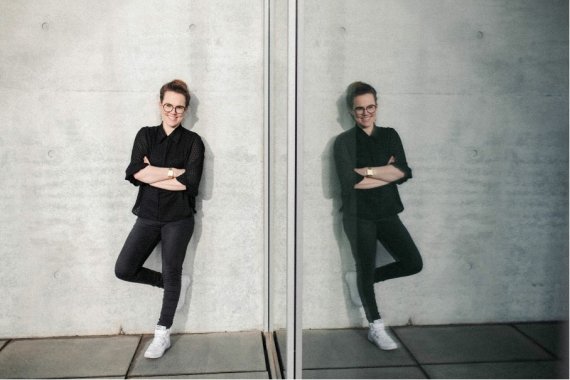
Some cities do it better, and some do it even faster. Every two years, the German Bicycle Club (ADFC) conducts a nationwide online survey to determine the most bicycle-friendly German cities - the so-called Bicycle Climate Test. The result: Bremen is currently the most bicycle-friendly major city in Germany. More than 800 kilometres of excellently signposted cycle path network, special sovereign rights for cyclists or exclusive cycle routes are just some of the parameters that give Bremen 1st place in the large city category. In the Hanseatic city, cycling is a way of life. Münster, with Germany's largest bicycle parking garage for up to 3,500 spaces and its own bicycle highway, is also at the top of the ranking. Both champions are copenhagenized cities.
Because the role model for many city planners and politicians is Copenhagen, which is considered the most bike-friendly city in the world. Bridges for cyclists only snake through the entire city, wider bike lanes, bike parking garages - in Copenhagen, the bicycle dominates the cityscape. Although cycling is not always stress-free, especially in rush-hour traffic, Copenhagen recognized the advantages and began its mobility concept 50 years ago. The Danish treasury, especially the health service, says it saves almost one euro per kilometer cycled. Driving, on the other hand, costs the state money and drivers often precious time in traffic jams.
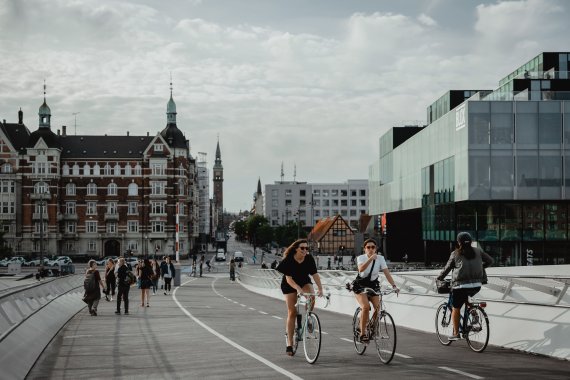
Paris has shown that it is possible to achieve success more quickly. The French capital is taking radical steps to reduce car traffic. Mayor Anne Hidalgo's goal is to prevent traffic collapse in the city and give Paris back to pedestrians, bikers and children. To this end, she has, among other things, converted a city highway on the Seine into a pedestrian zone, eliminated 60,000 parking spaces and introduced 30 km/h speed limits practically throughout the entire city. Such ideas are a long way off in Germany, often for fear of losing votes. For Anne Hidalgo, however, the course has paid off: she was re-elected for a second term in 2020 on the strength of her program.
"At the state and local level, the transport turnaround is currently progressing faster than at the federal level. But in general, things are going slowly," says Katja Diehl. The facts: For the maintenance and operation of highways, the federal budget for 2024 provides a whopping 11.5 billion euros, remaining at the previous year's level. By contrast, the federal government's support of state and local governments for the expansion of bike paths continues to decline. 400 million euros will remain for cycling in 2024, down from 750 million euros in 2022. As disappointing as these figures are: Katja Diehl nevertheless draws something positive from them: "At least people are finally talking about this disparity. It is finding its way into the public domain. That wasn't the case for many years." Nevertheless, the traffic turnaround is a work in progress and, at least in Germany, is currently still moving at walking speed. But how do we get a grip on aggression for so long? We have a serious appeal.
Dear drivers, look more often in your side mirror and show consideration! All cyclists you meet protect the climate and actively contribute to the traffic change. You should always keep this in mind. Also, look more often in the face in the rearview mirror and ask yourself: Do I really have to move the car for this ride? And keep an eye on the blind spot, but don't look back to the old days! Because drivers will have to learn to do without. Cities must not only be decarbonized, but also "de-cemented" to create more cooling green spaces. And for this, the automobile will have to take a back seat.
Dear cyclists, look ahead and be patient. Because cycling is indispensable for the traffic turnaround and the necessary infrastructures are being created bit by bit. Be tolerant and do not curse every person in a car. There are people who are dependent on the car. And at the end of the day, you can simply be glad that you are on the road by bicycle. After all, driving a car costs a lot of money, and often a lot of lifetime as well.
We plead for more understanding, more consideration. After all, we have a common goal and that is to arrive healthy! If everyone shifts down a gear, then things can be a bit more harmonious on the roads again. Politicians, on the other hand, are welcome to shift up three gears!
- ISPO awards
- Mountain sports
- Bike
- Design
- Retail
- Fitness
- Health
- ISPO Job Market
- ISPO Munich
- ISPO Shanghai
- Running
- Brands
- Sustainability
- Olympia
- OutDoor
- Promotion
- Sports Business
- ISPO Textrends
- Triathlon
- Water sports
- Winter sports
- eSports
- SportsTech
- OutDoor by ISPO
- Heroes
- Transformation
- Sport Fashion
- Urban Culture
- Challenges of a CEO
- Trade fairs
- Sports
- Find the Balance
- Product reviews
- Newsletter Exclusive Area
- Magazine
